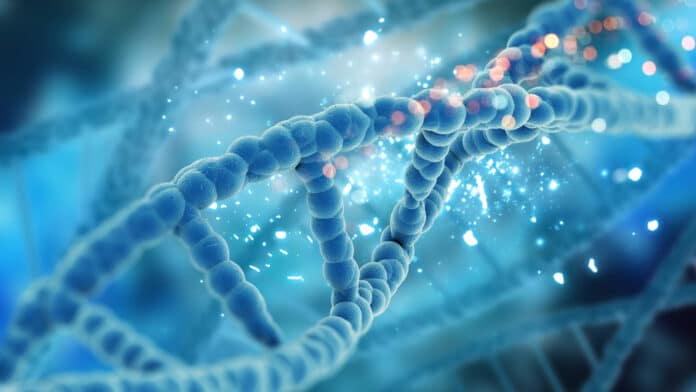Resolving the role that different environmental forces may have played in the apparent explosive diversification of modern placental mammals is crucial to understanding the evolutionary context of their living and extinct morphological and genomic diversity.
A major international research project led by Uppsala University and the Broad Institute that includes more than 30 research teams- has together surveyed and analyzed the genomes of 240 mammals. The results show how the genomes of humans and other mammals have developed throughout evolution.
The findings offer an enormous amount of information about the function and development of mammalian genomes. What’s more, it generated data feasible for studies of evolution and medical research for many years to come.
The human genome has about 20,000 genes, which serve as the blueprint for all of the body’s proteins. Additionally, the genome contains instructions that specify how much, when, and where proteins should be produced. These regions of the genome, referred to as regulatory elements, are significantly harder to locate than the regions that result in proteins. However, it is possible to determine which genome regions are crucial for function by examining the genomes of numerous mammals.
The study’s consensus theory was that if the position in the genome has remained constant during 100 million years of evolution, it probably has a purpose for all mammals. They have had the opportunity to test this theory extensively for the first time.
The study’s comprehensive examination and systematic comparison of the 240 mammal genomes revealed sections of the human genome with hitherto unrecognized functions. These areas are crucial for the proper genome operation and are probably regulatory elements. These mutations may be critical in developing diseases or the unique characteristics of many mammal species.
About half of the more than three million significant regulatory elements found by researchers in the human genome were previously unknown. Additionally, they determined that at least 10% of the genome is functional, ten times more than the 1% of the genome that codes for proteins.
All the 240 mammals that scientists analyzed have different characteristics. Scientists found regions in the genomes that lead to some species having a superior sense of smell or to certain species hibernating.
Matthew Christmas, researcher and co-first author of one of the articles focusing on the function of the genome and how it affects distinctive features in different species, said, “It’s exciting to have now a picture of which mutations have steered the development of specific traits in these widely divergent mammals.”
One study demonstrates that even before the Earth was struck by the asteroid that wiped out the dinosaurs some 65 million years ago, mammals had started to alter and divide.
The results offer important information about whether mammals are at risk of extinction, depending on how much variation they have in their genome. This information can lead to a better understanding of how to manage a species to help it survive.
Jennifer Meadows, researcher and co-first author of the second article, said, “Our analyses of 240 mammals give us a better insight into the regulatory signals in the genome. We calibrated our results on positions known to contribute to disease. Then we could use these to suggest additional positions which could be prioritized for neurological traits, such as schizophrenia or immune conditions including asthma or eczema.”
The genome of healthy and sick people is compared to understand which mutations lead to disease. This produces a picture of the region in the genome that may be important but does not yield exact knowledge of which mutation causes the disease.
Lindblad-Toh said, “A large proportion of the mutations that lead to common diseases, like diabetes or obsessive-compulsive disorder, lie outside the genes and have to do with gene regulation. Our studies make it easier to identify the mutations that lead to disease and to understand what goes wrong.”
The most prevalent malignant brain tumor in children is the medulloblastoma, which scientists have studied. Although the prognosis has improved due to modern treatments, not all children can be cured. Furthermore, the aggressive treatment frequently results in side effects that last a lifetime for those who survive.
Karin Forsberg-Nilsson, Professor of Stem Cell Research at Uppsala University, who led the cancer part of the study, said, “In patients with medulloblastoma, we found many new mutations in evolutionarily conserved positions. We hope that analysis of these mutations will lay the ground for new diagnostics and therapies.”
The results are published in 11 articles in the journal Science. DOI: 10.1126/science.adi1599
